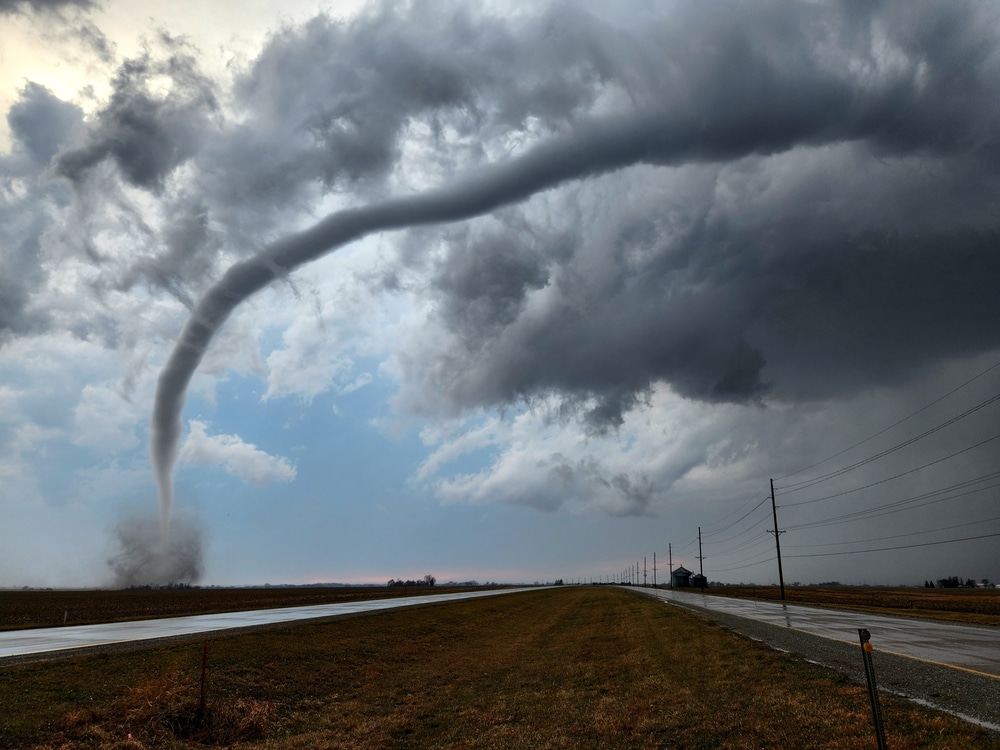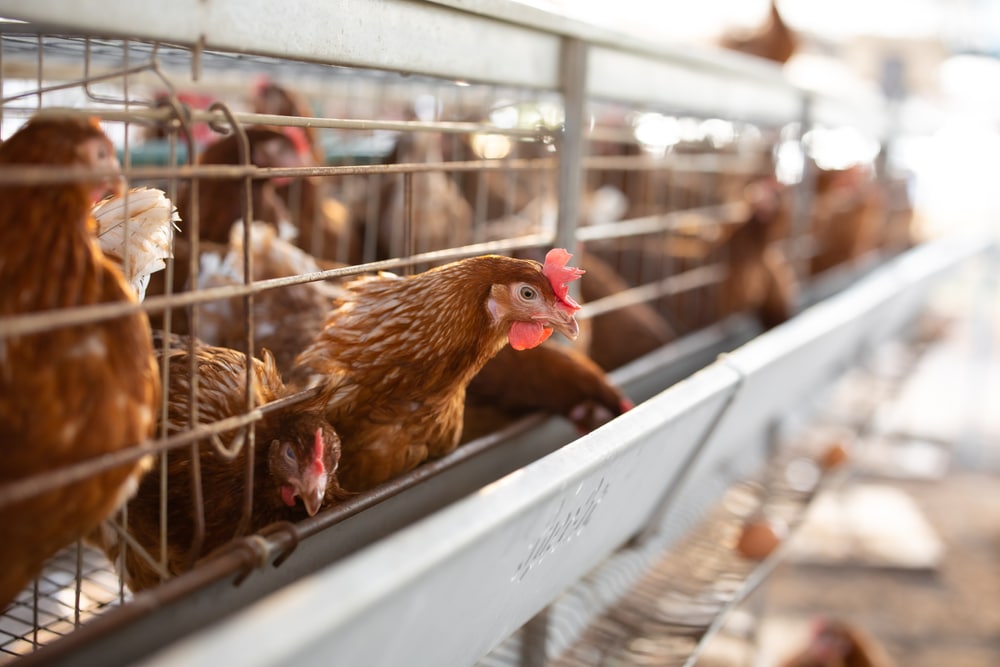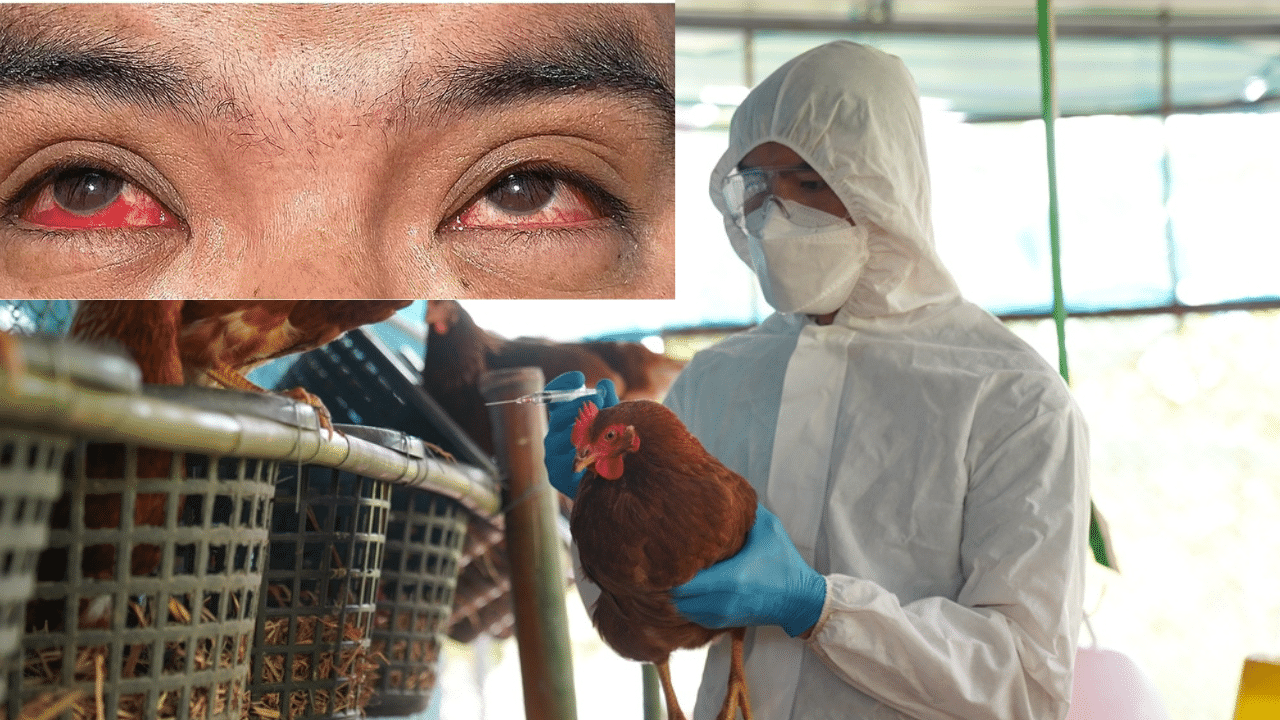The U.S. Food and Drug Administration (FDA) is unsure whether any intact highly pathogenic avian influenza is present in milk sold in grocery stores, an FDA official told a conference on April 25.
“Does any live virus survive the pasteurization process? … This is our key question,” Donald Prater, acting director of the FDA’s Center for Food Safety and Applied Nutrition.
FDA officials announced earlier this week that testing on milk from grocery stores tested positive for the avian influenza, commonly known as the bird flu.
The type of testing, polymerase chain reaction (PCR), can detect the intact virus but can also detect residual genetic material from killed pathogens.
“There are not studies directly looking at avian influenza in bovine milk,” Mr. Prater, a doctor of veterinary medicine, said Thursday.
The FDA initially said, after the bird flu crossed into cattle in March, that no commercially available milk would contain the virus because farmers were being directed to divert or destroy milk from sick cows, and because pasteurization would kill any remaining affected milk.
This week, the agency acknowledged uncertainty on the matter. “Based on available information, pasteurization is likely to inactivate the virus,” the agency said in a statement.
Officials pointed to a study that reviewed previous research and found that pasteurization killed some other viruses in milk.
The FDA has refused to say how many samples from grocery stores tested positive and the source or sources of the samples.
Mr. Prater and other officials shed no new light on that front. Mr. Prater merely said that the FDA collected retail samples of “various milk and milk products” and that the U.S. Department of Agriculture tested the samples.
Mr. Prater said the FDA, other government agencies, and outside researchers are engaged in studies to answer a number of critical questions, including whether intact virus survives pasteurization.
“PCR-positive levels aren’t necessarily indicative of live virus so it’s important to understand what we’re seeing in retail milk,” he said.
Some pasteurization experiments involve taking milk samples and applying different time and temperature combinations. One example is looking at whether high-temperature–short-time pasteurization, or 161.6 degrees Fahrenheit heat for 15 seconds, will kill the virus.
The U.S. National Institutes of Health is examining the impact of giving raw milk from sick cattle to rodents, while several other agencies are working on epidemiological investigations into cases of the virus.


















